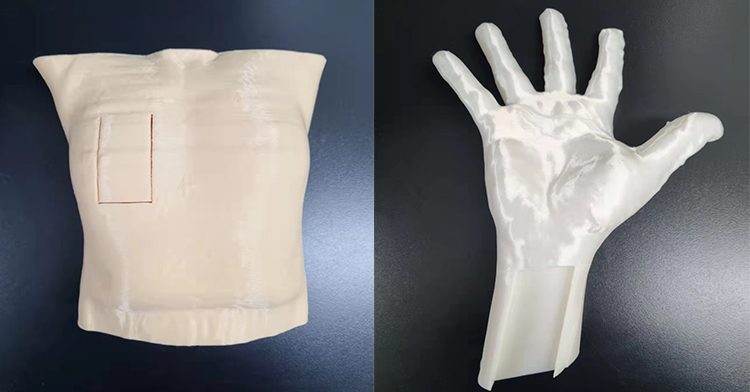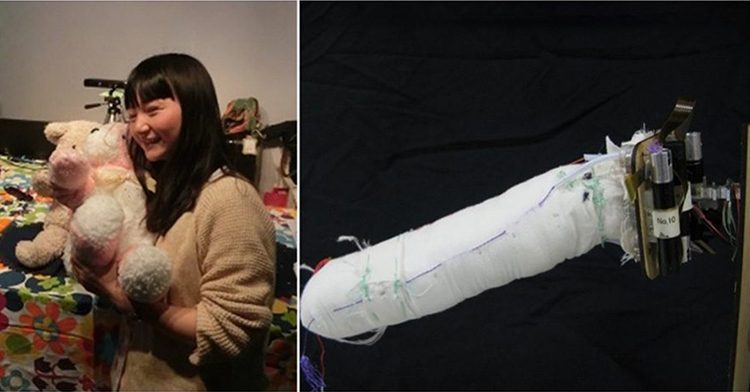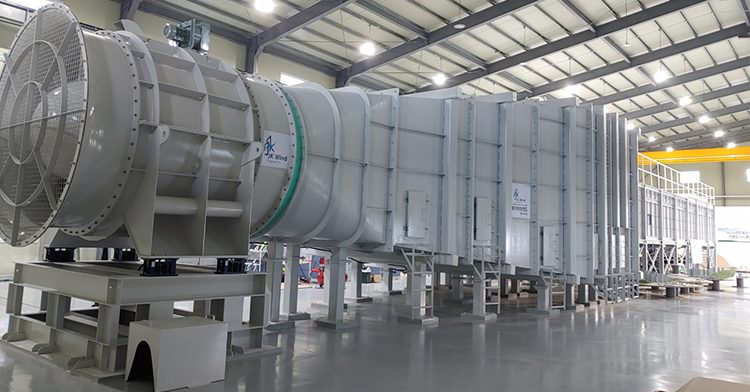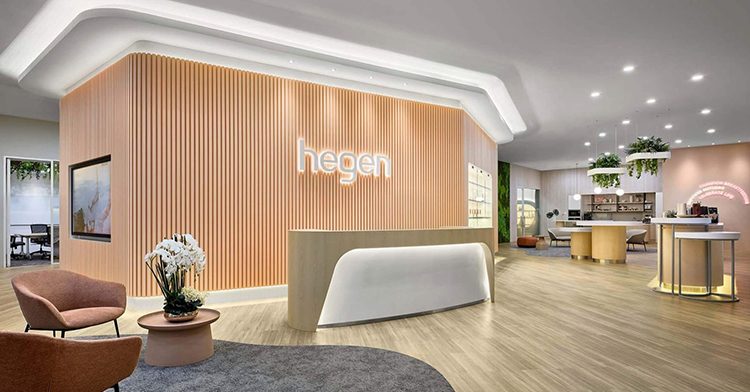Welcome to Raise3D’s Top 5 Case Studies, our list of the most fruitful applications carried out thanks to additive manufacturing. We’ve based our top 5 picks on models printed using Raise3D Technologies that would be very difficult or impossible to achieve with traditional manufacturing processes. Our list includes examples in the Medical, Education and Manufacturing industries.
1. Advanced radiation medical tools

Traditionally, fabricated boluses, materials, and technology do not properly fit the patient’s anatomy, resulting in air gaps between the patient and the bolus. These air gaps can reduce the amount of radiation absorbed by the patient skin, ultimately reducing the therapy plan’s effectiveness.
The Korea Institute of Radiological & Medical Sciences has implemented an application to produce a 3D-printed radiation bolus, customized to each individual patient’s anatomy and geometry, resulting in a tight fit between the skin and the bolus, with no air gap between them.
2. Improved precision of robot motion

The precision of the moving parts of robots currently on the market is insufficient, resulting in a low flexibility of movement. Hasegawa Lab purchased theRaise3D Pro3 printer to print complex and high precision moving structural parts, with the aim of improving the robot’s mechanical flexibility.
These parts are very small and have a special structure, and the number of parts required is not large. Therefore, it isn’t cost-effective to manufacture these parts using CNC technology, and engineers need to quickly review designs that are evolving every day in order to improve the mechanics of the robot. Because of copyright and confidentiality, engineers cannot outsource part fabrication to third-party companies. Therefore, this further highlights the customized production advantages of 3D printers.
Click here to read the full story.
3. Accurate architectural models

JKWind is a company responsible for assessing and analyzing the surrounding environment during the construction of a building.
Their work involves conducting airflow tests and submitting details to the project company to evaluate the stability and corrosion resistance of the building.
To obtain the most precise experimental data, JKWind must accurately review the complex structure and appearance of the building, which is a challenge in terms of the model’s precision and the costs needed to make it to such a high standard.
To achieve a high print resolution and the required positioning accuracy, the team uses the Pro2 Plus.
Click here to read more about the challenges JKWind experienced before utilizing 3D printing.
4. Rapid customization of fixtures

Skyzer’s primary responsibility is to assemble, process, repair, and test electronic components for customers. Since these electronics have different heights and geometries, they must be assembled with tailor-made assembly fixtures.
Recently, Skyzer bought a number of Raise3D Pro3 printers for its Sydney and Melbourne factories, which not only provide more capacity for their customized services, but also greatly reduce costs, both in terms of time and money.
Click here to read the full story.
5. Flexible production capabilities

Hegen comes from the German “hegen und pflegen”, which means “cherish and care for”. With nearly 100 high-quality baby bottles, Hegen protects the safe and pleasant feeding experience of millions of mothers around the world.
Customers experience Hegen products by touching the bottle or caps with their hands and mouth. Impressive looks, comfortable touch and proper ergonomics are essential.
Therefore, Hegen’s engineers need multiple iterations of the physical design and to perform functional tests, such as drop tests, assembly tests, etc.
Their most pressing need is to shorten the design-to-verification time while maintaining the accuracy and smoothness of the model.
To achieve this, the team uses Raise3D’s E2 3D printer.
